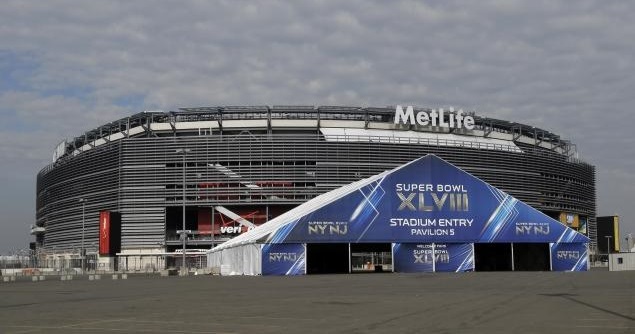Go Viral or Go Home
Each year, companies seem like they have to do more than the previous year to get your attention during the Super Bowl. Let’s face it, when a company is investing $4 million for a 30 second spot, Return on Investment (ROI) becomes even more critical.
Advertising companies started a new trend a couple of years ago, which was to “leak” the commercial during the week of the Super Bowl. The gamble paid off, especially for the 2012 Volkswagon “The Force” commercial, which has received over 50 million views on YouTube.
As part of Audi’s 2014 Super Bowl campaign, they created a Pay-Per-Click (PPC) ad about their commercial that will be televised during the game, “View the Audi ‘Doberhuahua’ ad Before Game Day. Watch Now!” The Call-to-Action goes directly to YouTube.
Another way to gain notoriety is to get your ad banned from the Super Bowl. Scarlett Johansson’s ad for SodaStream did just that. For the record, the ad itself is not banned because of inappropriate content not suitable for children. It’s banned because of the final line of the commercial, “Sorry, Coke and Pepsi.” That’s two soda powerhouses that spend a king’s ransom of ad money on the Super Bowl. However, SodaStream was unable to get a refund, so they were forced to edit the commercial with the controversial line removed and the edited version will run.
So what’s a banned commercial to do? First, upload it on YouTube, and watch the views and publicity catch fire. Next, create a hashtag like #sorrycokeandpepsi and promote the “Uncensored” version of your ad. Now you have something more than a simple 30 second commercial would’ve ever gotten you during the Super Bowl. Congratulations, you have now gone viral and created buzz.
While inadvertent for SodaStream, this type of advertising is nothing new. GoDaddy has created a brand off of its ‘banned’ Super Bowl Ads. Since 2005, they have seen great success with their 30 second commercials ending in a call-to-action to go to GoDaddy.com to watch more of their titilating and raunchy commercial. However, the 2014 Super Bowl ad departs from its frat house ways. Variety reports that “things have changed since company founder Bob Parsons launched GoDaddy’s Super Bowl ads in 2005. Last year, a group of venture-capital firms took over the Web hosting company and the line on this year’s ad is that it will look more like the other commercials that surround it. Deutsch, the large Interpublic Group ad agency that came up with the famous “Darth Vader” Super Bowl ad for Volkswagen, is now also working for GoDaddy.
While the Super Bowl media buy continues to inflate year in and year out, companies are getting more creative in broadening their reach and stretching these campaigns a lot farther than previous years. Without social media and mobile devices, these target audiences are being reached in ways that no one could’ve ever imagined 10 years ago. Yes, even 10 years ago. We are a society that is hungry for more media.
Alternatively
Papa John’s, Pizza Hut and KFC are taking advantage of the popularity of the Super Bowl to kick off social media campaigns, instead of a commercial during the game.
Back in 1979, Coke released what may be one of the greatest commercials of all-time, Super Bowl withstanding – Mean Joe Greene’s Coke commercial. Coke achieved all of its popularity without the internet or social media. It’s amazing how disruptive technology has changed everything. Knowing how it performed in 1979 and beyond, what would kind of response would that commercial receive today?
What are your thoughts on the new rules of Super Bowl marketing, ‘Go Viral or Go Home?’ How has this mindset changed the way you market your brand?

